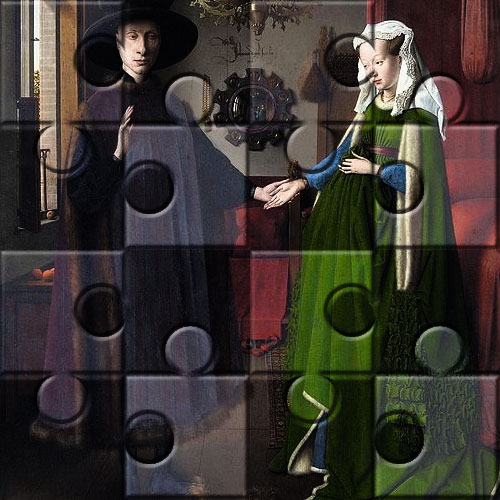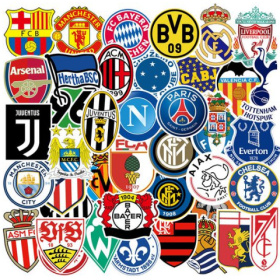 Andy
AndyPortrait of Arnofini. Oak on oil painting in 1434. Panels were made by early Dutch painter Jan van Eyck. It forms a full-length double portrait, which is believed to depict the Italian businessman Arnofini and his wife, presumably in the Flemish city of Bruges where he lives.
It is considered to be one of the most primitive and complex paintings in Western art because of its beauty, complex portraits, geometric orthogonal perspectives, and the use of mirrors to expand the picture space. According to Ernst Gombrich, “It’s as novel and revolutionary as Donatello or Masaccio’s works in Italy. A simple real world The corner is suddenly fixed to the panel, as if in history, for the first time in history, the artist has truly become the most authentic witness."
The portrait was considered as a painting by Erwin Panofsky and some other art historians in a unique form of marriage contract. Signed and dated by van Eyck in 1434, it is the Ghent Altarpiece (Ghent Altarpiece) created by the same painter and his brother Hubert. This is the oldest very The famous murals are made of oil instead of tempera. This painting was purchased by the National Gallery in London in 1842.
The technique used by Van Eyck is to apply several thin layers of translucent glaze to produce paintings with tonal and color intensity. The glowing colors also help to highlight the reality and show the material wealth and wealth of the Arnolfini world. Van Eyck uses oil paints to have a longer drying time than tempera paints, and mixes colors through wet-on-wet paintings to achieve subtle changes in light and shadows, thereby enhancing the illusion of three-dimensional form. The wet-on-wet technique is also known as alla prima, and was widely used by Renaissance painters including Jan van Eyck. The oil paint medium also enables van Eyck to capture the appearance of the surface and accurately distinguish the texture. He also rendered the effects of direct light and diffuse light by showing the light reflected by various surfaces on the left window. Someone suggested that he use a magnifying glass to draw some subtle details, such as the individual highlights on each amber bead hanging next to the mirror.
The illusion of this painting was extraordinary at the time, partly because of the rendering of the details, but especially because of the use of light to evoke the interior space, "the description of the room and the people living in it is completely convincing". No matter to the scene There is a lot of debate about the meaning of its details. According to Craig Harbison, this painting is “the only 15th-century northern plate that survives, in which the painter Contemporaries participated in it. In fact, it is indeed very tempting to call it the first type of genre painting as everyday life painting in the modern era."




